
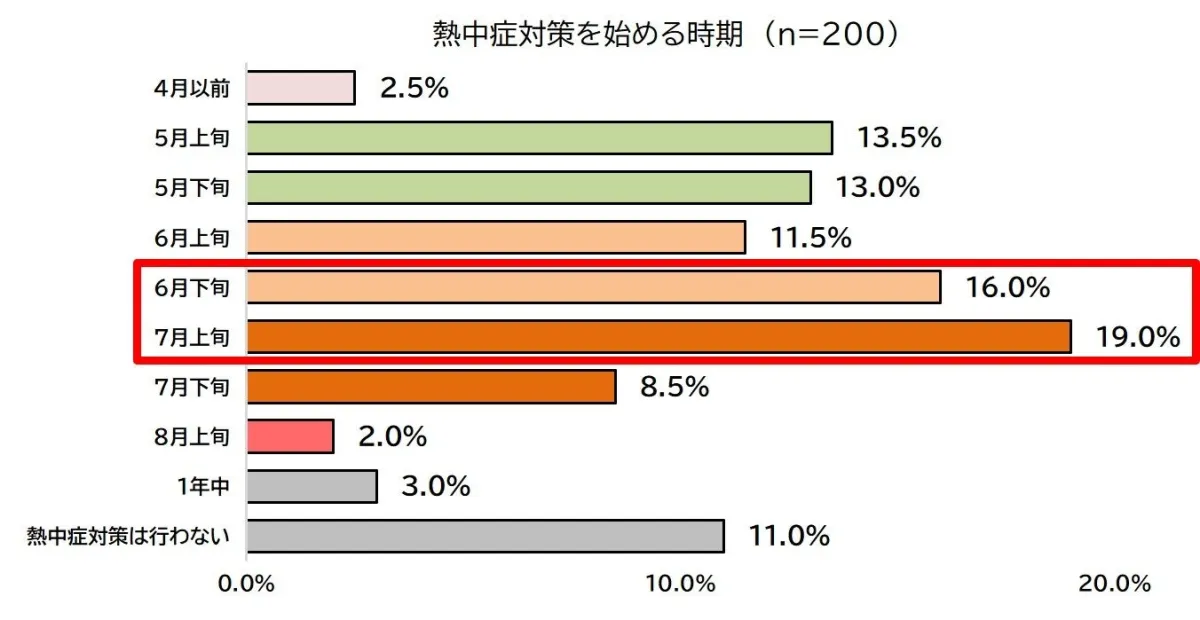
Preparing for Heat Stroke This Summer: A Kanpo Perspective on Early Measures!
Preparing for Heat Stroke This Summer: A Kanpo Perspective on Early Measures!
As summer approaches, higher temperatures are anticipated earlier than usual this year. According to the Japan Meteorological Agency, 2025 will see a nationwide rise in temperature, with abnormal heat expected. In light of the upcoming Osaka-Kansai Expo and new regulations requiring companies to implement heat stroke preventive measures by June, awareness and urgency surrounding heat-related health issues are likely to increase significantly.
Kracie Pharmaceutical, a company specializing in over-the-counter and prescription Kanpo medicines, has conducted a survey on heat stroke prevention measures among men and women aged 20 to 60. This article will delve into the survey results, discuss common practices for preventing heat stroke, and explore Kanpo solutions tailored for this summer’s health challenges.
Key Findings from the Survey
High Implementation Rates Yet Delayed Action
Interestingly, around 90% of respondents reported that they practice heat stroke prevention methods. However, the survey notes a concerning trend: almost half of those surveyed begin these practices only after late June, which could be too late given the early heat projections for this year.
Demographic Insights: Among the younger populations, those in their 20s and 30s showed slightly lower compliance rates, standing at 82.5% and 85.0%, respectively. Many participants acknowledged starting their preventive actions towards the beginning of July, with only a fraction initiating them in late June.
Given the anticipated rise in temperatures, it's essential this year to initiate heat stroke prevention strategies earlier than typical. Waiting until customary timings could lead to deficiencies in heat adaptation, raising the risk of health complications.
Fundamental Measures Are Common, but Advanced Prevention Lags
While basic preventive measures such as staying hydrated (80%) and managing room temperature and humidity (56%) are widely performed, other vital practices like heat acclimatization and inner health care strategies remain overlooked and under-implemented. The readiness of our bodies to endure higher temperatures through acclimatization often gets neglected.
The practice of acclimatization—allowing our bodies to adapt to heat prior to its arrival—takes about two weeks. Therefore, it is critical to commence preparations as early as May to ensure resilience against the forthcoming heat.
The Importance of
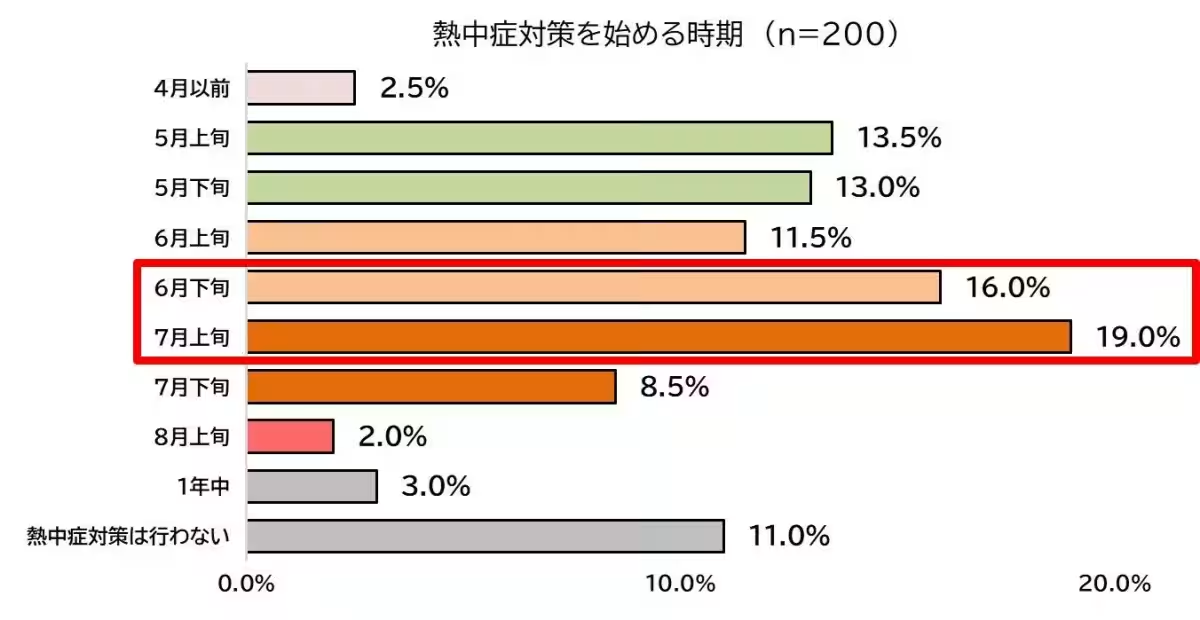

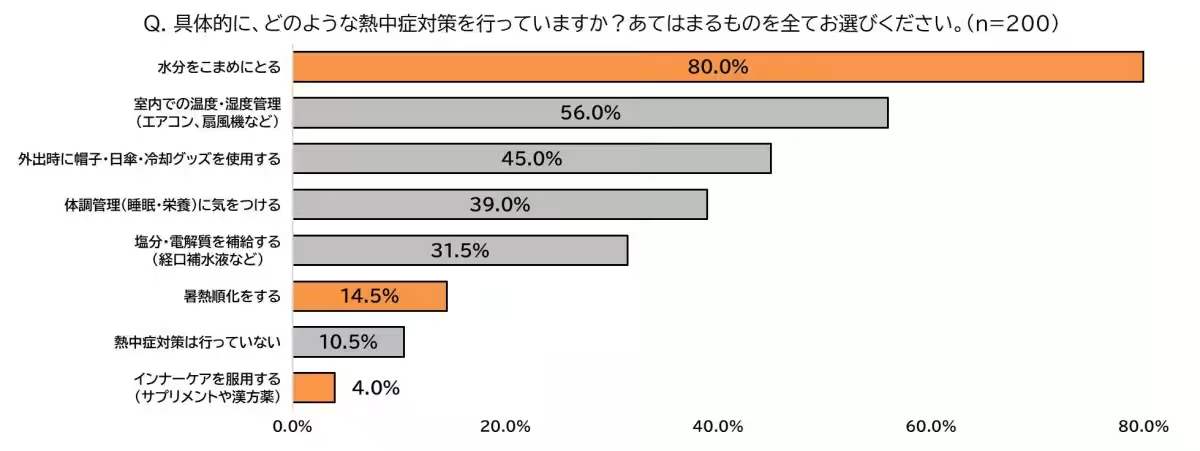




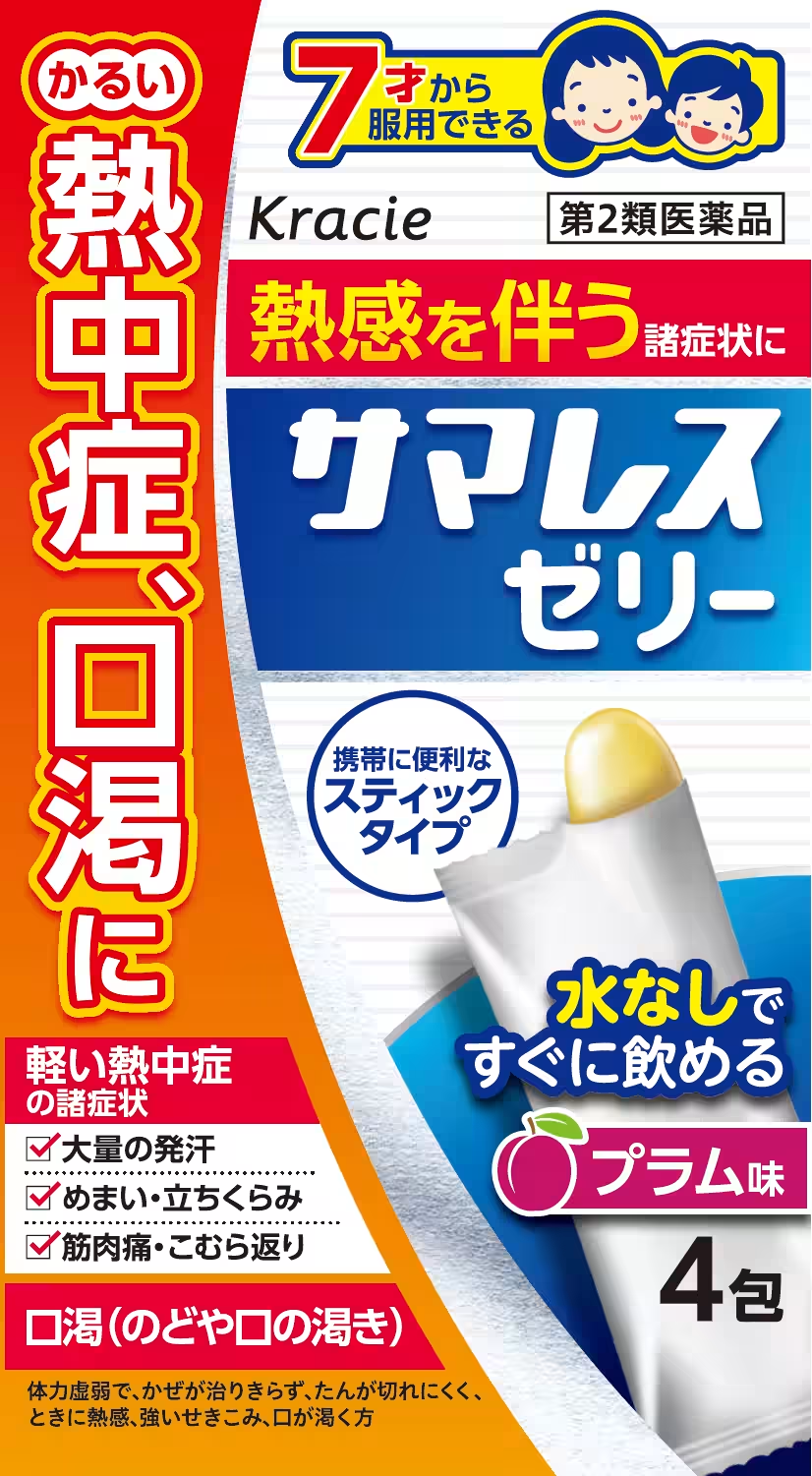

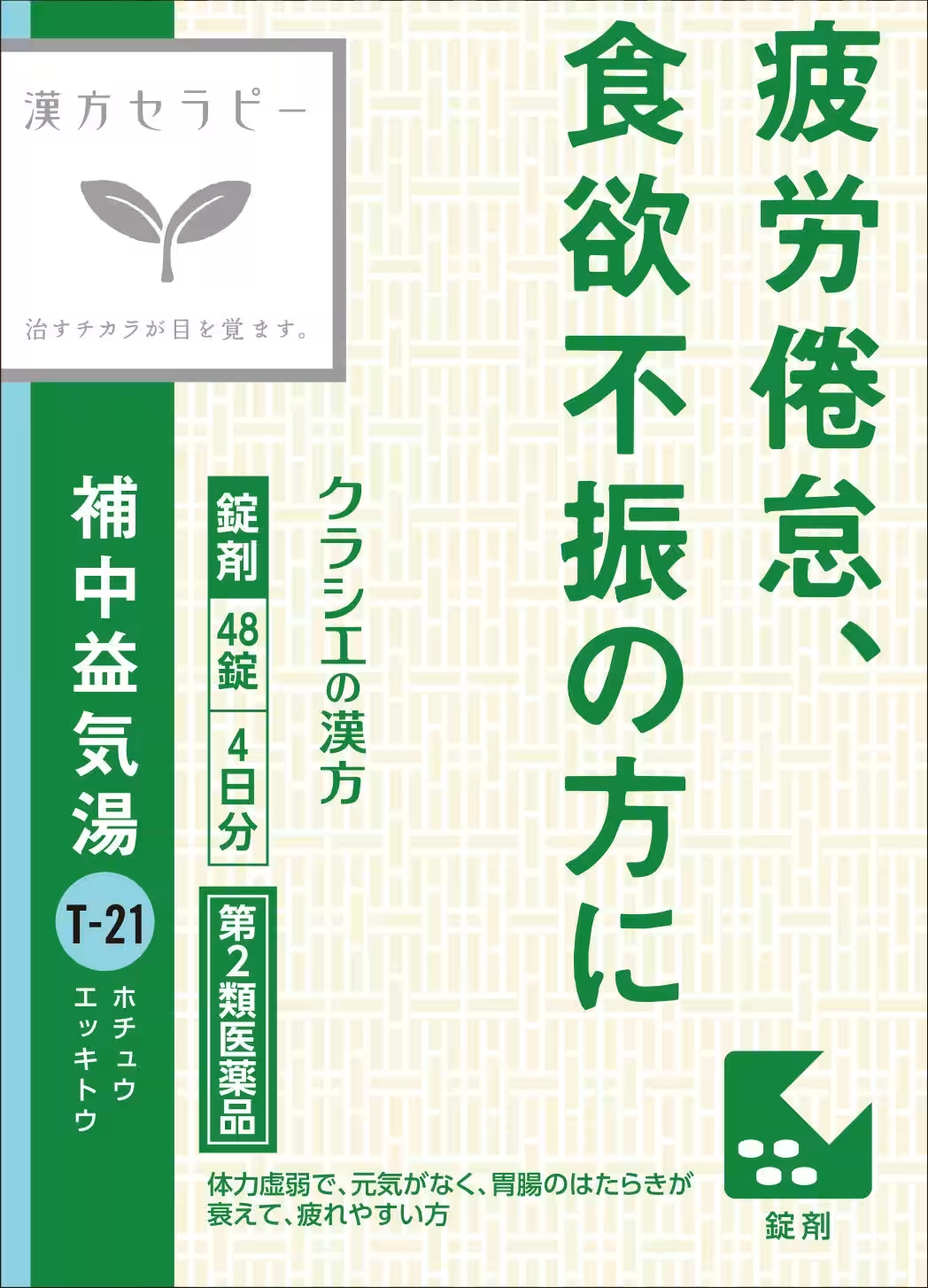

Topics Health)










【About Using Articles】
You can freely use the title and article content by linking to the page where the article is posted.
※ Images cannot be used.
【About Links】
Links are free to use.